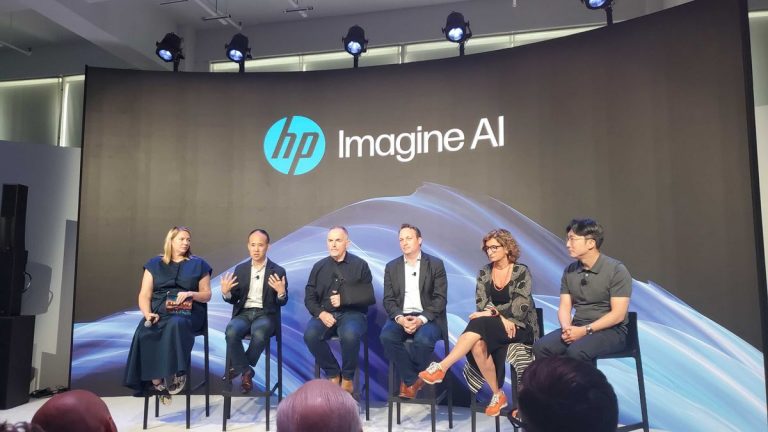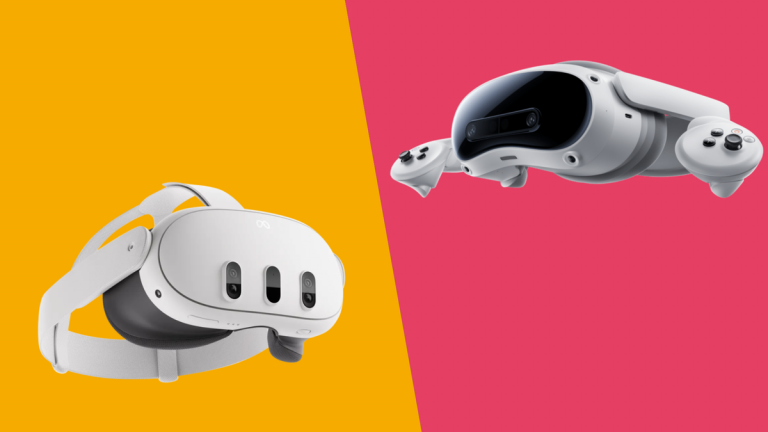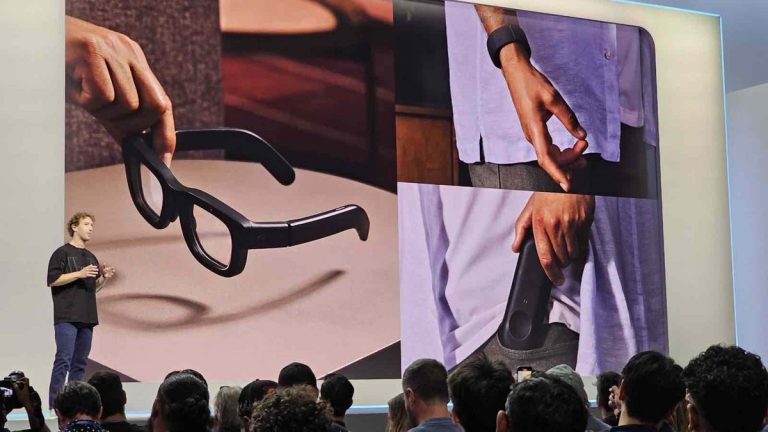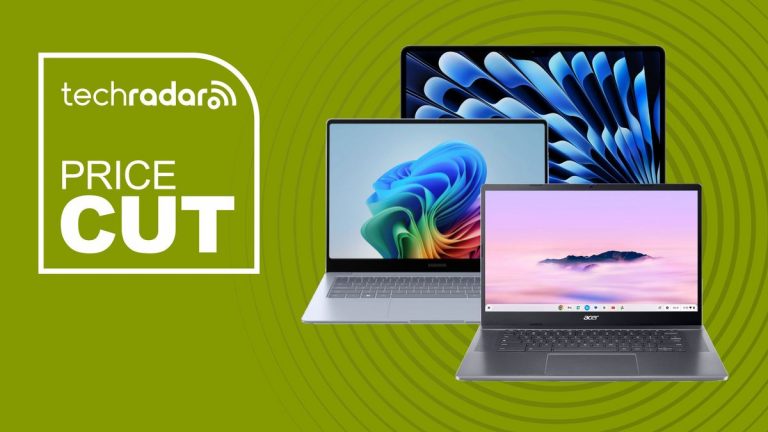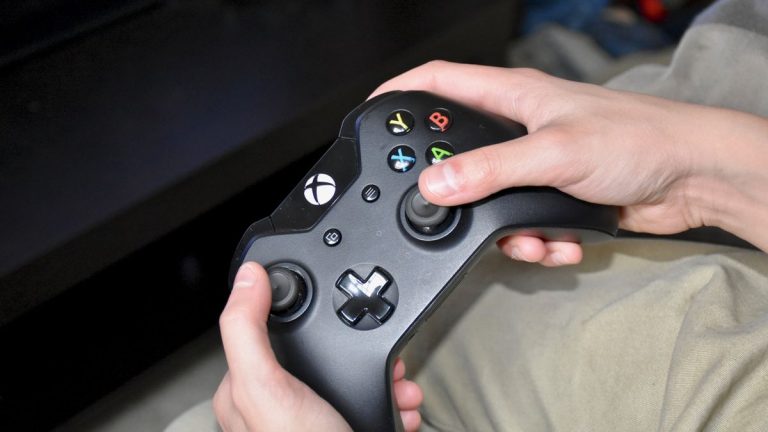Trouble Awaits: Qualcomm’s Canceled Mini-PC Spells Disaster for Consumers
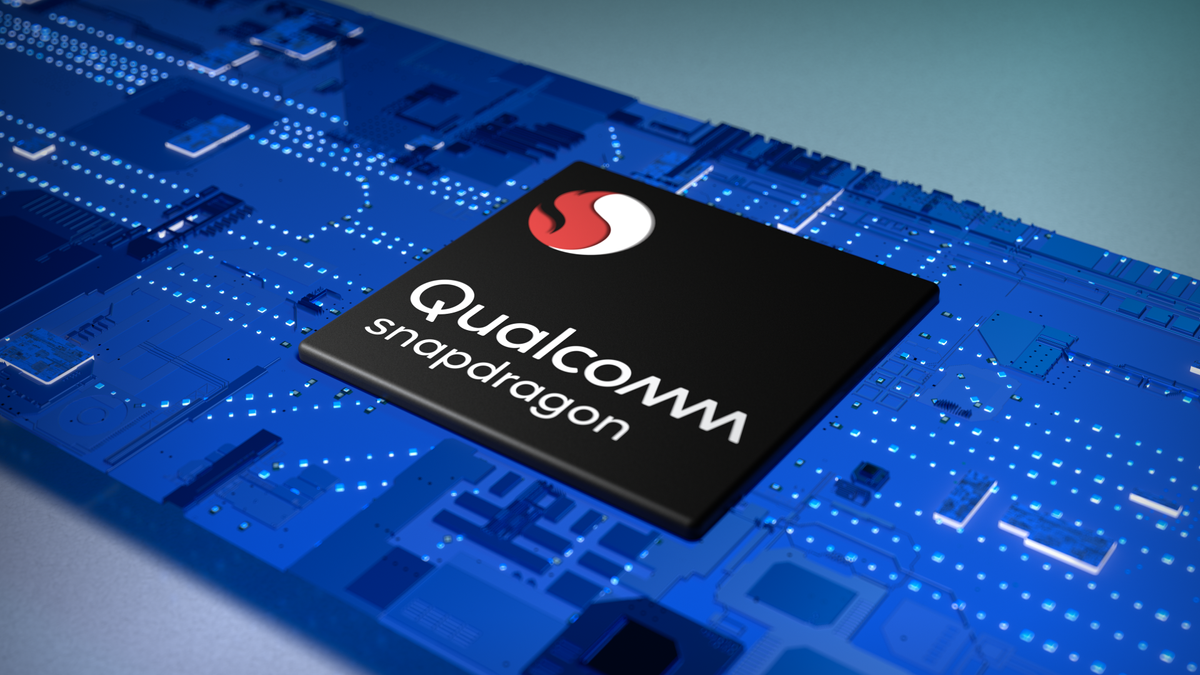
The Snapdragon Elite Chip: When Innovation Meets Reality
Qualcomm’s Snapdragon Elite chips have revolutionized the world of AI PCs, offering unparalleled performance and battery life. Yet, the manufacturer’s recent attempt to improve one of its weak points has hit a roadblock. In a surprising turn of events, Qualcomm has canceled its Snapdragon mini-PC, powered by Windows on Arm, after it failed to meet their high standards.
The Reason for the Cancellation
The move has left many wondering what went wrong. While Qualcomm hasn’t provided a specific reason, some point to the lack of Linux support and resale restrictions as key factors. This theory is supported by Jeff Geerling, a YouTuber who reviewed the product and performed a detailed hardware teardown.
An Alternative Theory: The HDMI Port
Another theory suggests that the reason for the cancellation lies in the HDMI port, or rather its absence. Although the shipped mini-PCs included chips for internal DisplayPort to HDMI conversion, the actual port was missing. This could have led to issues with the device’s compliance with FCC testing, as noted by Richard Campbell, founder of DEVIntersection. Qualcomm later confirmed that those who had ordered the dev kit would receive a USB-C to HDMI dongle instead.
What Does This Mean for the Consumer?
The cancellation of the Snapdragon mini-PC dev kit may seem like a minor setback, but it has significant implications for the consumer. For one, it means that the app compatibility issues that plague Windows on Arms may persist, limiting the adoption of AI PCs. This is particularly concerning for gamers and professionals who rely on specialized software.
The Future of Windows on Arms
The cancellation of the dev kit highlights the need for Qualcomm to address these app compatibility issues. With Intel and AMD forming the "x86 Ecosystem Advisory Group," the pressure is on Qualcomm to find a solution or devise an alternative approach to ensure the future of Windows on Arms. Only time will tell if the company can overcome these challenges and continue to push the boundaries of innovation in the world of AI PCs.

